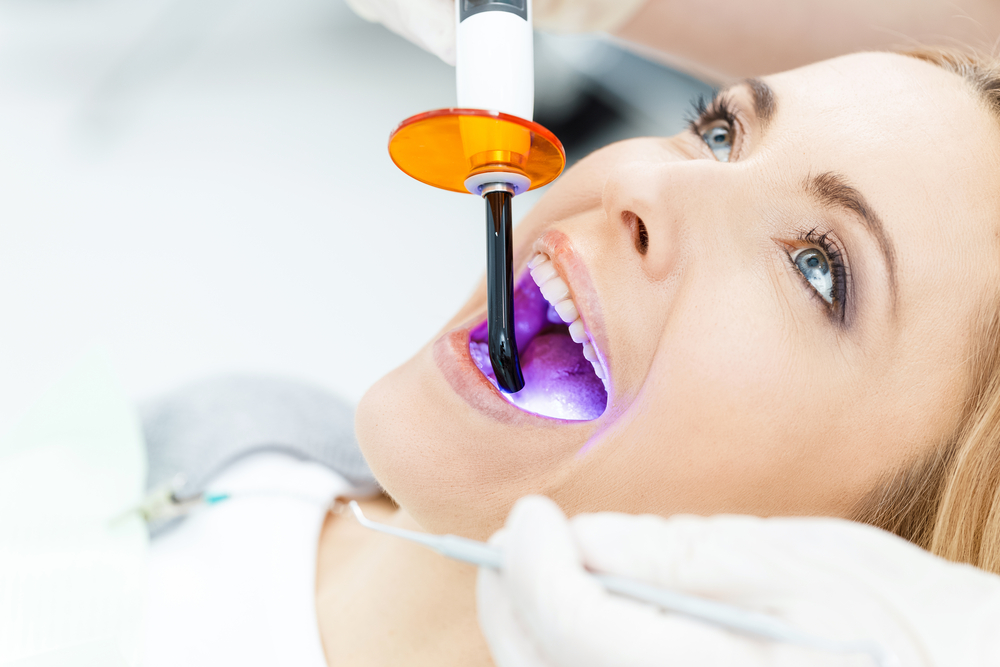Signs It’s Time To Replace Your Dentures
Dentures can be life-changing for those who have lost some or all of their natural teeth. A good quality denture can restore your ability to eat, speak, and smile with...

Dental sealants are a valuable and useful tool commonly used in the fight against tooth decay. Typically associated with issues most common in children and young adults, the purpose of a dental sealant is to prevent cavities by acting as a protective barrier. The sealant is a plastic material that covers the chewing surface of a tooth and is applied to premolars and molars – the two areas where tooth decay and cavities most often occur.
Read on to learn more about the benefits of sealants and why adults love this preventative dentistry treatment.
Sealants are used to protect children’s teeth; however, some adults are in need of or can benefit from dental sealants. Regardless of age, everyone is prone to tooth decay, and dental sealants are a proactive and straightforward measure that can keep teeth healthy. The following is a list of those who can benefit the most from the additional protection sealants provide.
Some are genetically born with teeth that are more predisposed to dental decay. While following an excellent oral regimen to support healthy teeth, it may not be enough for everyone. Teeth that are made in a way that makes them more susceptible to harmful tooth decay can add an extra layer of protection with sealants.
Molars have deeper grooves and depressions on the surfaces, which makes it harder for them to clean. No matter how well or how often you brush, toothbrush bristles can’t penetrate all the groves and depressions located on your teeth’s chewing surfaces. Most unreachable spots are primed for plaque and food particles to collect. It is also easier for bacteria and food debris to build up in these deep areas. Eventually, these deep grooves will lead to a tooth experiencing some degree of dental decay. Dental sealants prevent decay from developing in these vulnerable areas.
Many adults with perfectly healthy teeth choose to get sealants placed on their teeth for proactive reasons. Continuing to experience healthy dental checkups with no dental decay can be easier to achieve with sealants. The additional barrier of protection that sealants provide for adults gives them peace of mind that their teeth will remain healthy for their entire lifetime.
The American Dental Association (ADA) suggests sealant application is a simple and painless process. In general, you can expect the following:
Step One: The surface of the tooth is cleaned and dried
Step Two: An acidic gel is briefly applied to roughen the tooth surface. This process helps the sealant adhere to your natural tooth.
Step Three: Shortly after, your hygienist will rinse the gel and dry the tooth before applying the sealant.
Step Four: Once the surface of the tooth is dried, the sealant can be applied. The plastic-like material is applied, and a blue light is then used to solidify the sealant onto the tooth.
For all of these reasons, many adults are having dental sealants placed on their teeth. Having healthy teeth that last you a lifetime starts with excellent oral care. Regardless of age, everyone is susceptible to tooth decay, and sealants can decrease this occurrence in anyone who chooses to receive them. Ultimately, dental sealants are a great form of preventative dentistry that can save you from costly dental procedures down the road.
To learn more about the many benefits of dental sealants for adults, contact Aubrey Baudean DDS. A consultation appointment will provide you with a better understanding of how sealants work and if they’re right for you.